
| Recorded by: Michael P Morales on 2025-08-28
Cumberland Co.
Comment: | 
| Recorded by: Mark Basinger on 2025-08-25
Wilson Co.
Comment: |
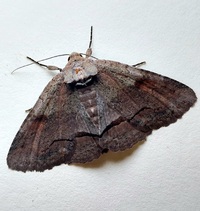
| Recorded by: Mark Basinger on 2025-08-25
Wilson Co.
Comment: | 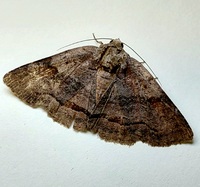
| Recorded by: Mark Basinger on 2025-08-17
Wilson Co.
Comment: |
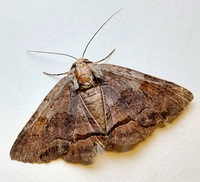
| Recorded by: Mark Basinger on 2025-07-28
Wilson Co.
Comment: | 
| Recorded by: Mark Basinger on 2025-07-05
Wilson Co.
Comment: |

| Recorded by: Allison Garton on 2025-06-23
Moore Co.
Comment: | 
| Recorded by: Jeff Niznik, David George, Larry Chen, Sarah Toner, Joye Zhou on 2025-06-20
Richmond Co.
Comment: |

| Recorded by: Mark Basinger on 2025-06-20
Wilson Co.
Comment: | 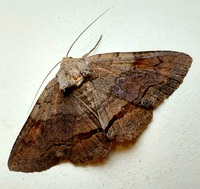
| Recorded by: Mark Basinger on 2025-06-18
Wilson Co.
Comment: |

| Recorded by: David George, Jeff Niznik on 2025-05-24
Richmond Co.
Comment: | 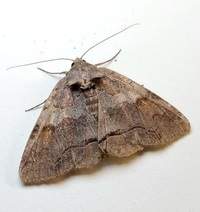
| Recorded by: Mark Basinger on 2025-05-21
Wilson Co.
Comment: |

| Recorded by: Mark Basinger on 2025-04-30
Wilson Co.
Comment: | 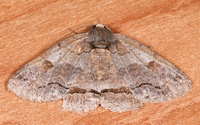
| Recorded by: John Petranka and Sally Gewalt on 2025-04-29
Warren Co.
Comment: |
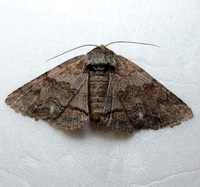
| Recorded by: Mark Basinger on 2025-04-06
Rowan Co.
Comment: | 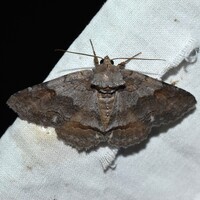
| Recorded by: David George, Jeff Niznik on 2025-04-05
Chatham Co.
Comment: |
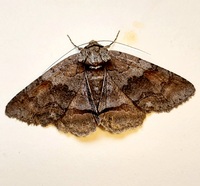
| Recorded by: Mark Basinger on 2025-04-01
Wilson Co.
Comment: | 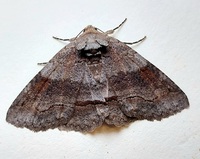
| Recorded by: Mark Basinger on 2025-03-30
Wilson Co.
Comment: |

| Recorded by: Mark Basinger on 2025-03-30
Wilson Co.
Comment: | 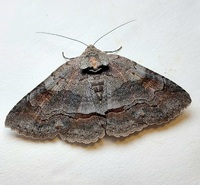
| Recorded by: Mark Basinger on 2025-03-28
Brunswick Co.
Comment: |
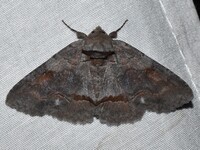
| Recorded by: David George, Jeff Niznik, Rich Teper on 2025-03-28
Chatham Co.
Comment: | 
| Recorded by: Mark Basinger on 2025-03-23
Brunswick Co.
Comment: |

| Recorded by: Mark Basinger on 2024-09-12
Wilson Co.
Comment: | 
| Recorded by: David George, Jeff Niznik, Stephen Dunn on 2024-08-02
Chatham Co.
Comment: |
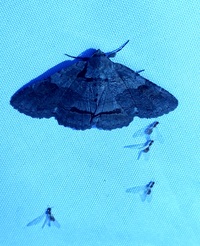
| Recorded by: Mark Basinger on 2024-07-30
Wilson Co.
Comment: | 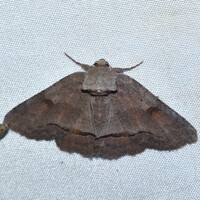
| Recorded by: David George, Jeff Niznik, Patrick Coin, Steve Hall, Carol Tingley, Tom Howard on 2024-07-27
Chatham Co.
Comment: |
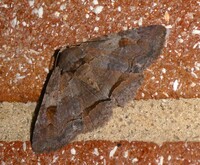
| Recorded by: Simpson Eason on 2024-07-18
Durham Co.
Comment: | 
| Recorded by: Mark Basinger on 2024-07-16
Wilson Co.
Comment: |

| Recorded by: David George, Jeff Niznik on 2024-07-08
Chatham Co.
Comment: | 
| Recorded by: Mark Basinger on 2024-07-05
Wilson Co.
Comment: |
|

 »
»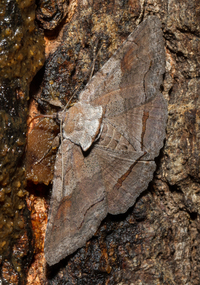
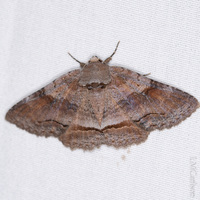
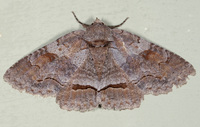

 »
»

